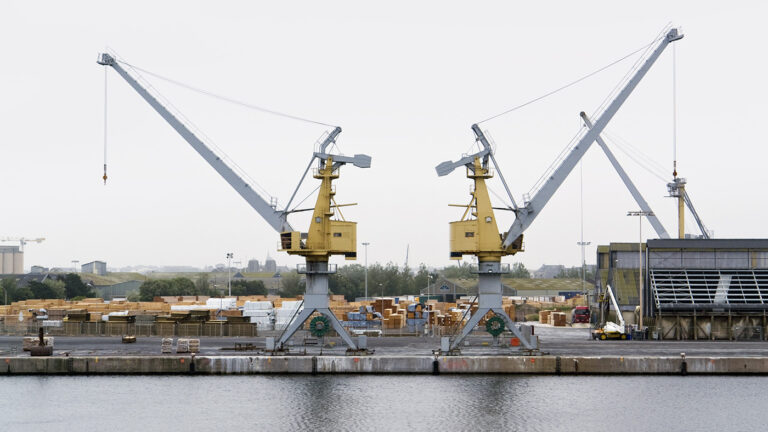Pharma Supply Chain Cost-to-Serve Optimization: Why It Matters for Long-Range Planning
Author: Nathan Goldstein
In the complex and highly regulated world of pharmaceuticals, long-range planning (LRP) plays a critical role in sustaining growth, profitability, and innovation. To navigate this landscape effectively, pharma supply chain leaders need a precise understanding of both operational complexity and financial performance. A key tool enabling this is pharma supply chain cost-to-serve optimization—a strategic approach that uncovers hidden costs, enhances profitability, and informs future-focused decision-making.
Why Pharma Supply Chain Cost-to-Serve Optimization Is Crucial
Pharmaceutical companies face a dynamic mix of challenges—rising R&D costs, shifting healthcare policies, global competition, and strict compliance requirements. A cost-to-serve (CTS) approach enables companies to optimize their pharma supply chain by analyzing service costs across customer segments, product lines, and geographic regions. This empowers more accurate and agile long-term planning.
Identify True Cost Drivers in the Pharma
CTS breaks down costs across the entire value chain—from procurement and production to distribution and customer service. In pharma supply chain, this helps clarify:
-
Where margins are strongest (or weakest)
-
Which regions or customer types are high-cost to serve
-
Where efficiencies or consolidation efforts will drive value
Align Profitability with Strategic Growth Objectives
Pharma supply chain cost-to-serve optimization helps companies prioritize profitability and product lines. By aligning LRP with CTS insights, executives can confidently decide:
-
Which areas to expand or exit
-
How to right-size service levels
-
Where to allocate investment for highest return
Enhance Cross-Functional Collaboration
Cost-to-serve analysis spans departments—finance, logistics, sales, and operations. This integrated planning fosters alignment and accountability around long-term objectives, breaking silos and encouraging strategic consensus across the organization.
Building a Cost-to-Serve Strategy for Long-Range Pharma Supply Chain Planning
Optimizing cost-to-serve in pharma supply chain isn’t just about trimming expenses—it’s about creating a strategic, data-driven plan that enhances resilience and profitability.
Integrate Data Across the Value Chain
Pharma companies often operate fragmented systems. CTS optimization requires integration of data from:
-
Manufacturing and warehousing
-
Financial systems and customer service platforms
-
Distribution and third-party logistics providers
This consolidated cost view supports smarter, faster long-range decisions.
Segment Customers and Products for Profitability
In pharma, some products require cold-chain logistics, others face regional regulatory hurdles. By applying CTS segmentation:
-
High-margin customer segments can be prioritized
-
Low-performing SKUs can be re-evaluated
-
Service models can be tailored by product class or geography
Use Scenario Planning for Smarter Strategy
Pharma supply chain cost-to-serve optimization supports scenario modeling. This enables companies to anticipate how changes—like new regulations, supply disruptions, or cost spikes—impact overall profitability. The result: long-range plans that are both adaptive and resilient.
Target High-Service, High-Return Markets
Not all high-service markets are worth the cost. CTS helps pharma companies calculate where premium services (like higher delivery frequency or specialized storage) deliver real ROI—ensuring investment supports sustainable growth.
The Long-Term Value of Pharma Supply Chain Cost-to-Serve Optimization
As the pharma industry evolves, cost-to-serve optimization is more than a tactical tool—it’s a foundational element of strategic success. By embedding CTS in long-range planning:
-
Profitability and efficiency become measurable at every level
-
Strategy becomes grounded in real, actionable data
-
Growth becomes sustainable, not speculative
Conclusion: Turning Insight into Advantage
Pharma supply chain cost-to-serve optimization empowers pharma companies to meet the future with confidence. In an environment where margins are tight and complexity is growing, CTS reveals where service, strategy, and profitability intersect.
At River Logic, we help pharmaceutical organizations unlock the full value of CTS through our Value Chain Optimization platform—the only solution built to align long-range planning with real-world supply chain dynamics.



